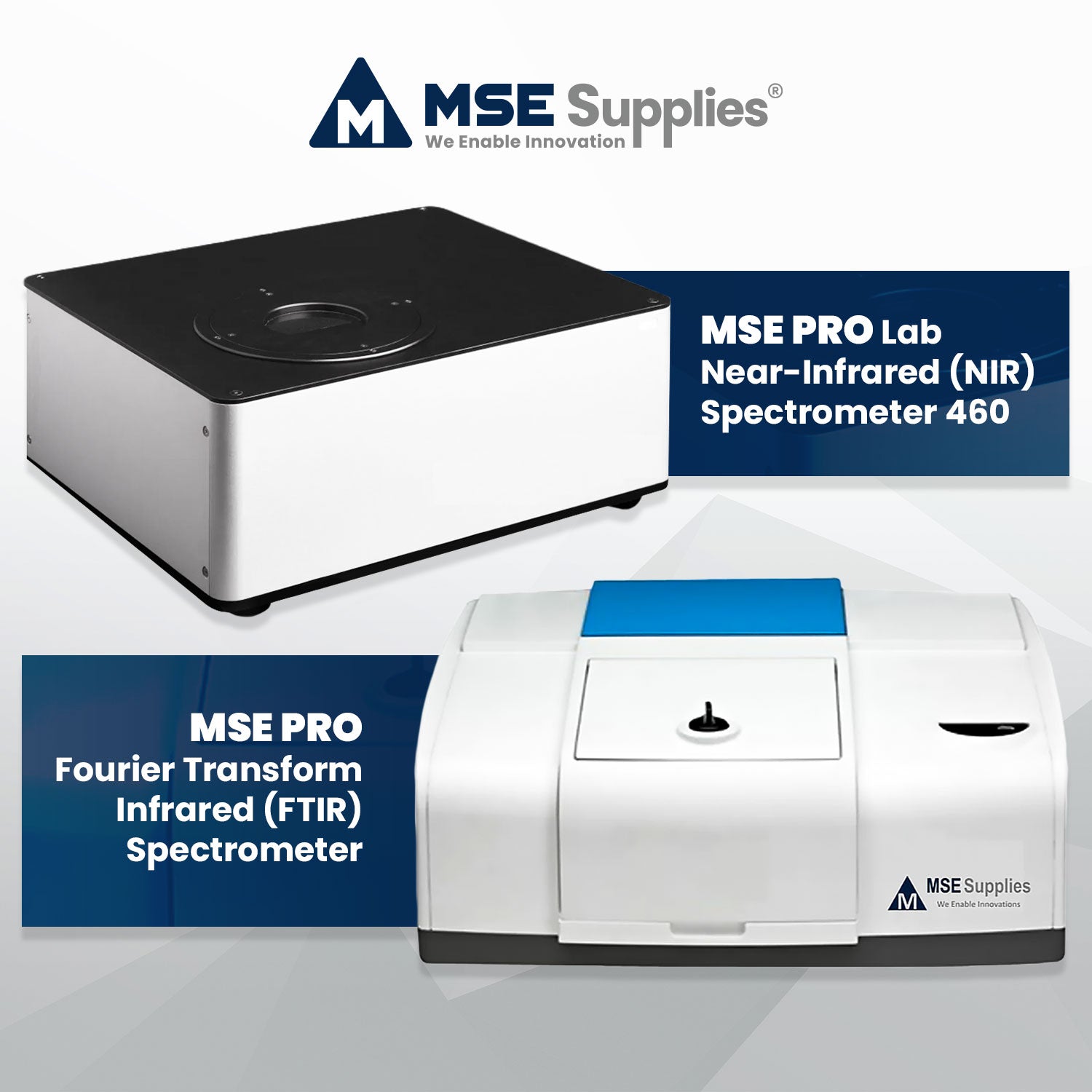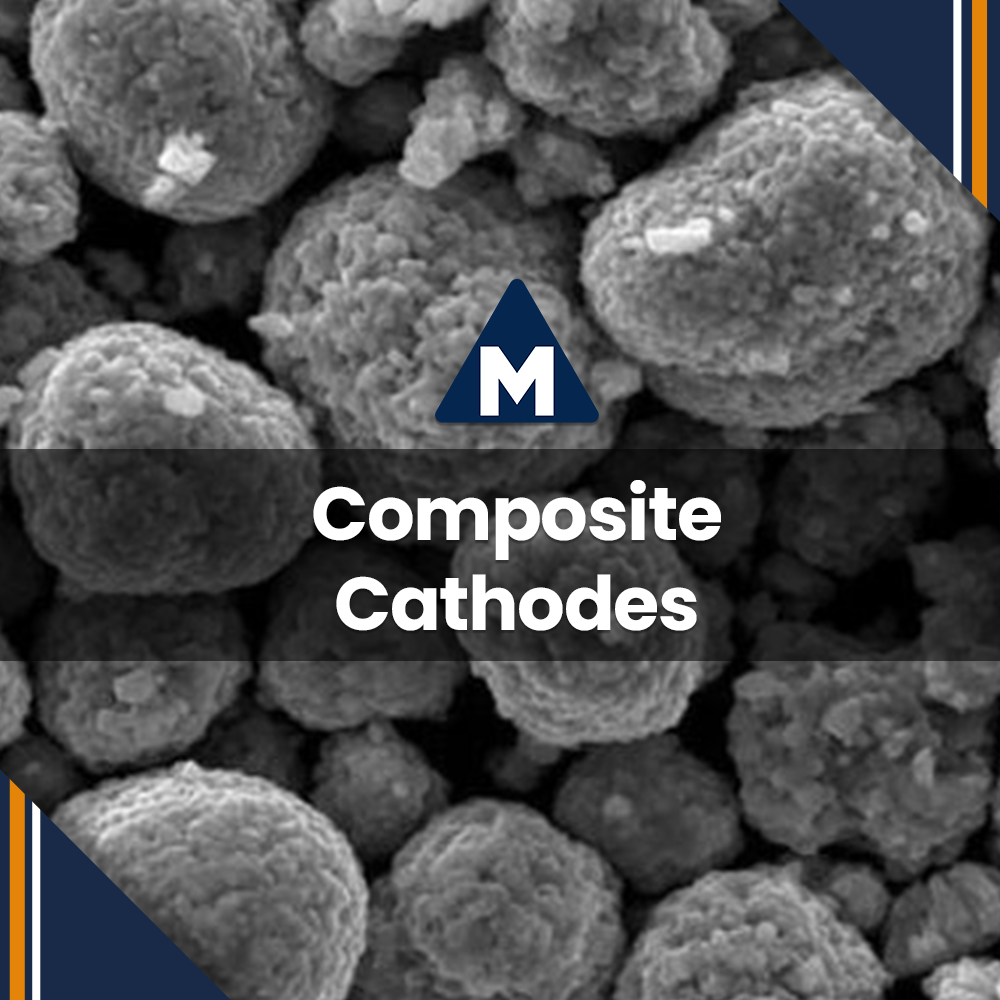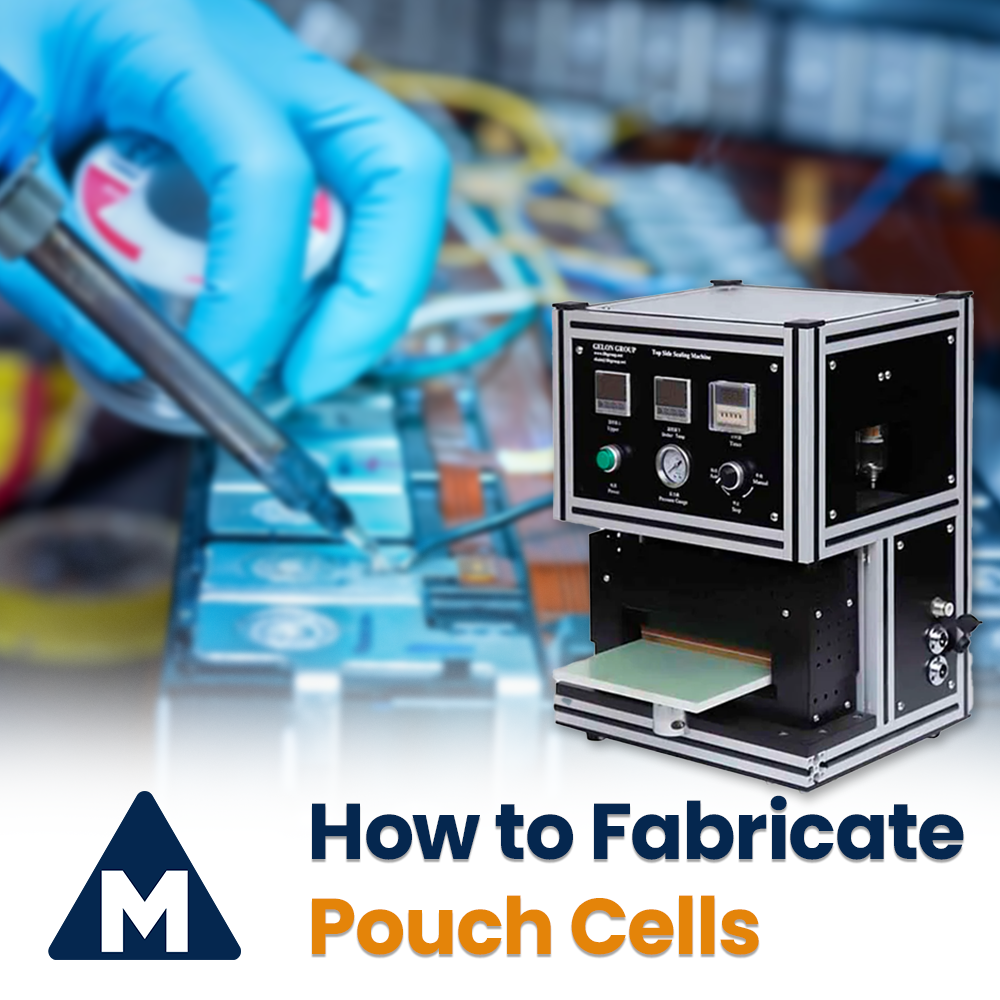Automatic Vickers & Knoop Macro Hardness Testers: DUROLINE M1/M2/M4
Posted by Joey Oliva on
Research institutions and the manufacturing industry depend on quality control tests to ensure they are using satisfactory materials that meet modern standards. MSE Supplies offers the DUROLINE M1/M2/M4 from Metkon Technologies, a series of automated and versatile hardness testers. These machines are capable of conducting both Vickers and Knoop hardness tests, so they are compatible with an impressive variety of materials.
Both tests are optical hardness tests and require only one indenter type. A polished / ground / prepped specimen is required for Vickers & Knoop to produce accurate results. The tests consist of a standardized load being applied to a fixed point on the specimen; the resulting indent is measured by the optical system and then a hardness is calculated depending on the depth of deformation. The DUROLINE series is capable of a micro-load range for HV/HK (Hardness Vickers/Knoop) scales from 10 grams-force (gf) to 1 kgf.
The entire hardness range is covered by both tests, meaning they're both suitable for hard and soft samples. While Vickers and Knoop both measure hardness, they each offer unique advantages and one is usually preferential to the other depending on the specimen:
- Vickers tests use a diamond in the shape of a square pyramid, and is generally the preferred test.
- Vickers' indenter works best for small, rounded samples, and is suitable for testing very hard materials.
- Knoop tests use an indenter that is three times as long as the Vickers, and penetrates half as deep for an identical load; commensurately, Knoop tests exert a lower load range.
- Knoop tests excel at testing very thin layers, like aluminum foil, and brittle materials where a Vickers test may crack the sample; the longer area of the Knoop indenter leads to higher precision measurements, particularly at low test loads.
A comparison between the Knoop and Vickers indenter shapes can be seen below.

(Stenhagen, 2017)
The differences between the M1, M2, and M4 are neatly portrayed in the below graphic. For simple / low volume testing, the additional features sported by the M4 may go unappreciated; however, the increased quality of life brought on by a motorized stage and automatic focus should seem quite attractive to a professional lab with high throughput volumes. For a complete list of standard delivery inclusions and features, please visit our store page.

MSE Supplies is happy to assist you in determining the best hardness tester for your application needs; please do not hesitate to contact us today!
References
- Stenhagen, Ida, and Aida Mulic. "Hardness testing of dental materials and tooth substance." Nordic Institute of Dental Materials. August 28th, 2017. https://niom.no/hardness-testing-of-dental-materials-and-tooth-substance/
- "Knoop Vs. Vickers Microhardness Testers." Clemex. July 7th, 2020. https://clemex.com/knoop-vickers-microhardness-testers/



